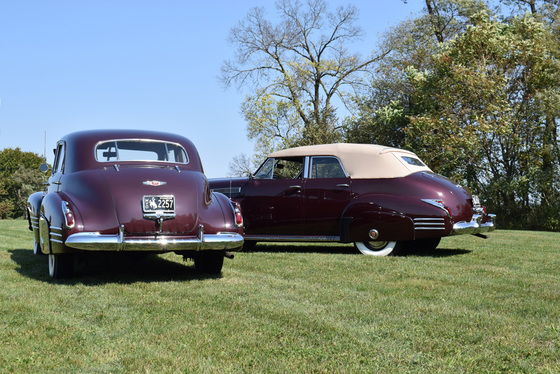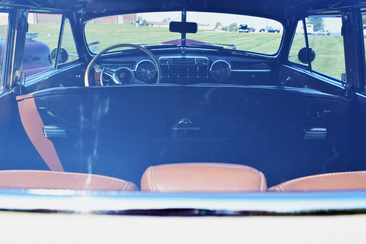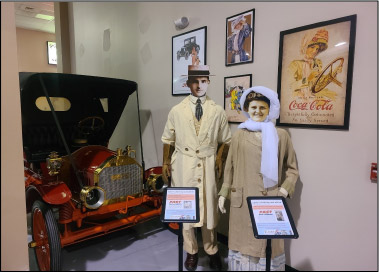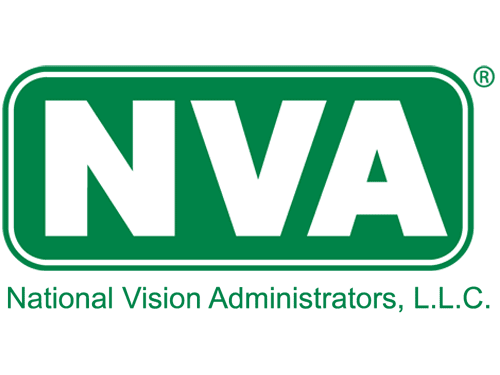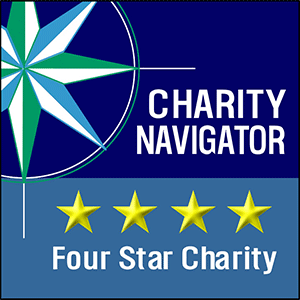The Scotland Twins: 1941 Series 62 Cadillacs
Recently, the Museum welcomed this beautiful pair of Series 62 Cadillacs into the collection. A four-door sedan and a convertible sedan finished in their original Cadillac color, “Valcour Maroon.”
The Series 62 was a Cadillac mainstay in the division’s lineup from 1940 to 1964. It replaced Series 61 as the entry-level model in the luxury brand’s offerings. Designed by Harley Earl, the initial design (1940-1941) featured a low and sleek torpedo style body that was shared with its corporate siblings Buick (Roadmaster), Oldsmobile (Series 90), and Pontiac (Torpedo). The new model stood out from its predecessor due to its streamlined styling, two-inch lowering. Inside, additional cabin space and the relocation of the transmission shifter from the floor to the column offered true six passenger comfort. In 1941 all Cadillacs shared the same 346 cu in, 145 HP V8 engine. The convertible sedan, only available in the 62 Series, made Cadillac history as it was the last time the marque would produce such a model.
These matching pre-War beauties came to us from Judith Scotland of Cheyenne, WY. They were given in memory of her husband, Howard. The couple enjoyed driving and showing both cars and completed much of their own maintenance and repair work over their family ownership history.
The Scotlands have a long history of supporting the AACA Museum, including our boardroom’s sponsorship during the building’s initial construction. Last year Judy donated the family’s Henry Wanlass “New York to Paris” bronze sculpture. Released in 1982, this limited edition depicted the Buffalo, NY, built Thomas Flyer, winner of the 8,000-mile great race. Wanlass made just 30 copies of the sculpture, which sold new for $27,000 and remains in demand by automotive collectors worldwide. The sculpture was the artist’s proof; it is on permanent display in the Museum’s Rotunda.
As a non-profit educational organization, the AACA Museum is proud of its world-class collection of automobiles, art, and related artifacts, all acquired as donations. The Museum is deeply grateful to the Scotland family and all who have contributed to our continued growth. Because of our members, donors, volunteers, and visitors, we continue to be a world-class Museum positioned to weather the current crisis and come out stronger on the other side.


